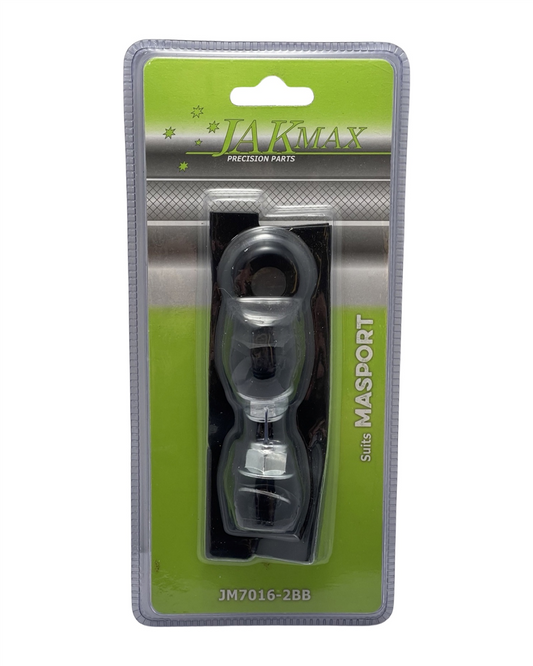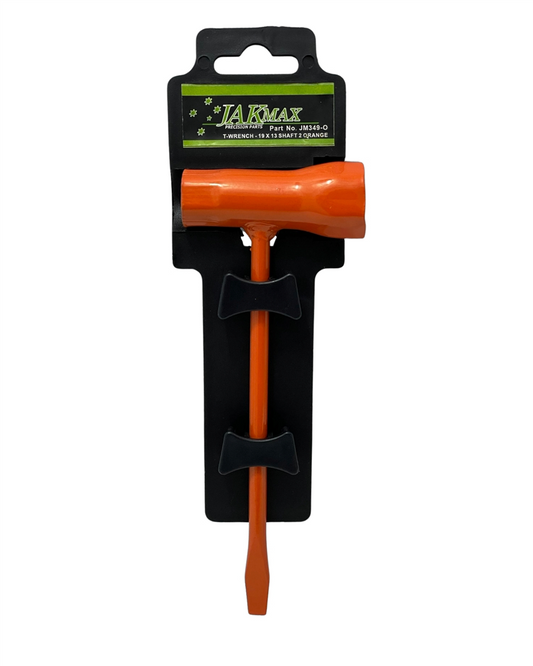Warning: The common watering error that could ruin your vegetable patch
Share
The Sneaky Watering Mistake That Could Wreck Your Vegetable Garden
You’ve lovingly planted your veggie patch, chosen the best seeds, and dreamed of the fresh produce that will soon be on your plate. But what if I told you that one tiny watering habit could undo all your hard work? It’s a mistake many beginner gardeners make, and it can be the difference between a thriving harvest and a limp, struggling garden. Let’s put a stop to it today.
Are You Watering at the Wrong Time?
Here’s the deal—when and how you water your veggies is just as important as what you plant. The biggest blunder? Watering at the wrong time of day. Many people, in their eagerness to keep their plants hydrated, grab the hose and start watering in the middle of the day when the sun is at its peak.
It sounds logical—hot day, thirsty plants, right? Not quite. Watering during the heat of the day leads to rapid evaporation, meaning much of the moisture never reaches the roots where it’s needed. Even worse, droplets can act like tiny magnifying glasses, intensifying the sun’s rays and scalding delicate leaves. Nobody wants sunburnt lettuce!
The Best Time to Water Your Vegetable Garden
Early morning is the sweet spot. Just after dawn, the air is cooler, and the soil has time to absorb moisture before the sun gets too strong. Your plants will have all day to uptake water and build resilience against the heat.
If mornings get away from you (life happens), the next best option is late afternoon or early evening. Just make sure foliage has time to dry before nightfall, as damp leaves overnight can attract fungal issues. Think of it as tucking your plants in for a good night’s rest—nobody likes to sleep soggy!
Are You Overwatering Without Knowing It?
New gardeners often worry about underwatering, but the real danger lies in overwatering. Too much water leads to root rot, encourages fungal diseases, and drowns plants before they’ve had a chance to thrive.
The trick is simple: Stick your finger into the soil up to the first knuckle. If it still feels damp, hold off on watering. If it’s dry, your plants need a drink.
Make Every Drop Count
Not all watering methods are equal. A quick sprinkle on top of the soil might make you feel like you’ve done your gardening duty, but it doesn’t get deep enough to benefit plant roots. You want deep, thorough watering that encourages roots to grow downward, making your plants stronger and more drought-resistant.
- Use a soaker hose or drip irrigation: These methods deliver water right to the roots, reducing waste and keeping leaves dry.
- Mulch is your best friend: A layer of mulch around your veggies keeps moisture in the soil longer and reduces the need for frequent watering.
- Avoid watering from above: If you’re using a hose or watering can, aim directly at the base of the plant to avoid wet foliage.
Signs Your Garden Needs Water (Or Less of It!)
Not sure if you’re getting the balance right? Your plants will tell you:
- Wilting in the heat but recovering in the evening: This is normal. No need to panic or rush for the tap.
- Leaves turning yellow: Could be a sign of overwatering. Check the soil before adding more.
- Dry, cracked soil: Your plants are thirsty! Deep watering is needed.
Success Starts with Smart Watering
Watering isn’t just about keeping plants alive; it’s about encouraging them to be strong and productive. By timing your watering right, avoiding overwatering, and using the best techniques, you’re setting up your veggie patch for serious success.
So, next time you reach for the hose, think twice about when and how you water. Your lettuce, tomatoes, and cucumbers will reward you with a delicious, thriving harvest!
Happy gardening,
Candeece

Stay Connected
Join our gardening community on Facebook: Urban Gardener's Notebook
And follow our Store Facebook Page: Strathalbyn H Hardware on Facebook









